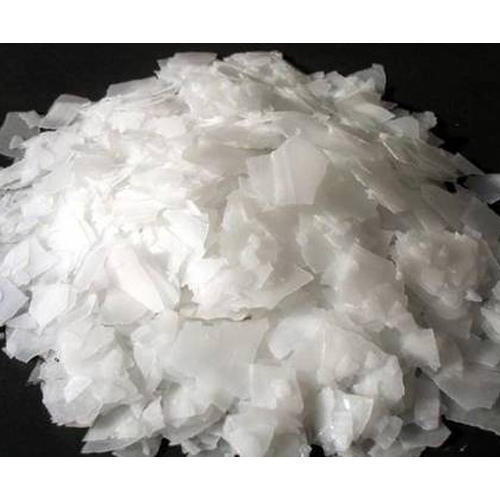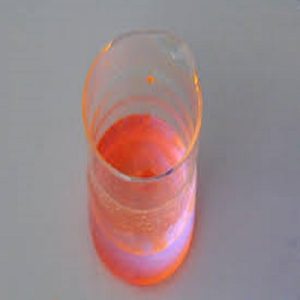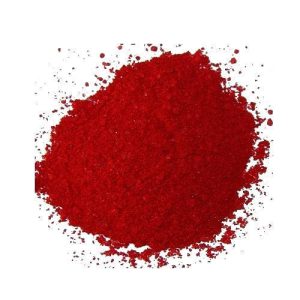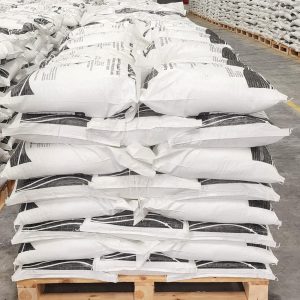Antimony Trioxide: A Crucial Flame Retardant and Catalyst
Antimony trioxide (ATO) is a widely used compound in various industries, primarily known for its role as a flame retardant and catalyst. Its unique chemical properties make it a vital component in manufacturing processes and safety applications.
What Is Antimony Trioxide?
Antimony trioxide, with the chemical formula Sb2O3Sb_2O_3, is a white, crystalline powder derived from the oxidation of antimony metal. It is highly valued for its ability to enhance fire resistance in materials and catalyze chemical reactions.
Applications of Antimony Trioxide
- Flame Retardants: ATO is extensively used in plastics, textiles, rubber, and other materials to improve their fire resistance. It acts synergistically with halogenated compounds to inhibit flame spread.
- Glass and Ceramics: The glass industry uses ATO as a fining agent to remove bubbles during glass production, ensuring clarity and quality.
- Catalyst in Polymerization: ATO serves as a catalyst in producing polyethylene terephthalate (PET), a common plastic used in packaging and textiles.
- Pigments: It is used in the manufacture of pigments for paints, ceramics, and enamels to provide opacity and color stability.
- Electronics: ATO enhances the flame retardant properties of electronic components, ensuring safety in consumer and industrial devices.
Benefits of Antimony Trioxide
- Effective Flame Retardant: Its ability to significantly reduce the flammability of materials makes it a critical safety additive.
- Versatility: ATO supports various applications, from plastics to glass production, making it a multifaceted industrial compound.
- Stability: Its chemical stability under different conditions ensures long-lasting performance in products.
Safety Considerations
Handling antimony trioxide requires careful attention to safety due to its potential health hazards. Inhalation of its dust can cause respiratory irritation, and prolonged exposure may lead to more severe health issues. Protective gear, such as masks and gloves, is essential, and proper ventilation should be maintained in work areas. Additionally, adhering to environmental regulations for disposal is crucial to minimize ecological impact.
This Chemical remains a cornerstone in enhancing material safety and catalyzing industrial processes. Its effectiveness and versatility continue to make it a valuable asset in modern manufacturing and safety applications. contact us




